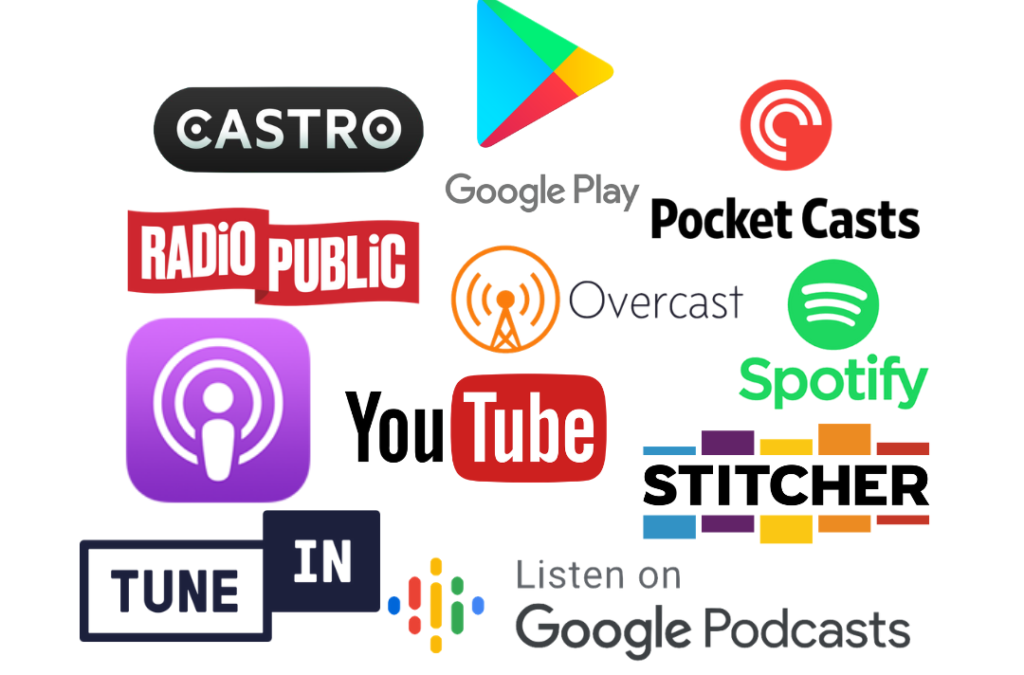In the fast-paced world of digital media, podcasts have emerged as a powerful medium for sharing ideas, stories, and information learning how to publish a podcast successfully is an important skill to have as a podcaster.
With their rising popularity, many individuals and businesses are eager to start their own podcasts.
However, the process of publishing a podcast might seem complex to newcomers. In this guide, we’ll walk you through the essential steps of successfully publishing a podcast, from planning to distribution.
1. Planning Your Podcast Content
Before diving into the technical aspects of podcast publishing, it’s crucial to have a clear plan for your podcast’s content. Define your niche, target audience, and podcast format. Will it be interview-based, storytelling, educational, or a mix of different styles? By understanding your podcast’s direction, you’ll be better equipped to create compelling and consistent content.
2. Recording and Editing
High-quality audio is a must for retaining listeners. Invest in a decent microphone, headphones, and a quiet recording environment. When recording, maintain a consistent distance from the microphone and speak clearly. After recording, use editing software to remove background noise, mistakes, and pauses, ensuring a polished final product.
3. Crafting Engaging Episode Titles and Descriptions
The title and description of each podcast episode play a significant role in attracting listeners. Optimize your titles to be descriptive, engaging, and relevant to the episode’s content. Include relevant keywords that potential listeners might use to search for content like yours. Your episode descriptions should provide a brief overview of the episode’s content, intriguing listeners to tune in.
4. Designing Eye-Catching Cover Art
Your podcast cover art is the first impression potential listeners will have of your show. Create visually appealing cover art that accurately represents your podcast’s theme and tone. Ensure that the text is legible and that the artwork stands out even when displayed in smaller sizes on different platforms.
5. Selecting the Right Podcast Hosting Platform
Choosing the right podcast hosting platform is crucial for the success of your show. Look for a platform that offers sufficient storage, reliable uptime, and easy distribution to various podcast directories. Popular options include Libsyn, Podbean, and Captivate. Make sure the platform you choose aligns with your budget and technical requirements.
6. Uploading and Distributing Your Episodes
Once your podcast episodes are edited and ready to go, it’s time to upload them to your hosting platform. Fill in all the necessary metadata, including episode titles, descriptions, and tags. This metadata helps search engines index your episodes accurately. Your hosting platform will then distribute your podcast to major directories like Apple Podcasts, Spotify, and Google Podcasts.
7. Leveraging Transcriptions for SEO
Transcribing your podcast episodes can significantly boost your podcast’s SEO. Transcripts provide text-based content that search engines can index, making your episodes more discoverable. Additionally, transcriptions make your content accessible to those with hearing impairments and non-native speakers. Many transcription services are available online, such as Rev and Temi.
8. Promoting Your Podcast
Effective podcast promotion is essential for building an audience. Utilize social media platforms, create a website for your podcast, and consider collaborating with other podcasters or influencers in your niche. Engage with your listeners by encouraging them to leave reviews and ratings, as positive interactions can enhance your podcast’s visibility.
9. Consistency is Key
Consistency plays a vital role in growing and retaining your podcast audience. Stick to a regular release schedule, whether it’s weekly, bi-weekly, or monthly. This keeps your listeners engaged and coming back for more.
10. Analyzing and Adapting
Most podcast hosting platforms provide analytics that offers insights into your podcast’s performance. Monitor metrics like downloads, listener demographics, and popular episodes. Use this data to refine your content, format, and marketing strategies for better results.
In conclusion, publishing a podcast involves several strategic steps, from planning and recording to distribution and promotion. By following this comprehensive guide, you can navigate the podcasting landscape with confidence, creating and sharing content that resonates with your target audience. Embrace the power of podcasts and embark on an exciting journey of storytelling and connection.
Need help starting your podcast?
Schedule a Free Podcast Strategy Call with us TODAY! PodcastLaunchLabNow.com


Recent Comments